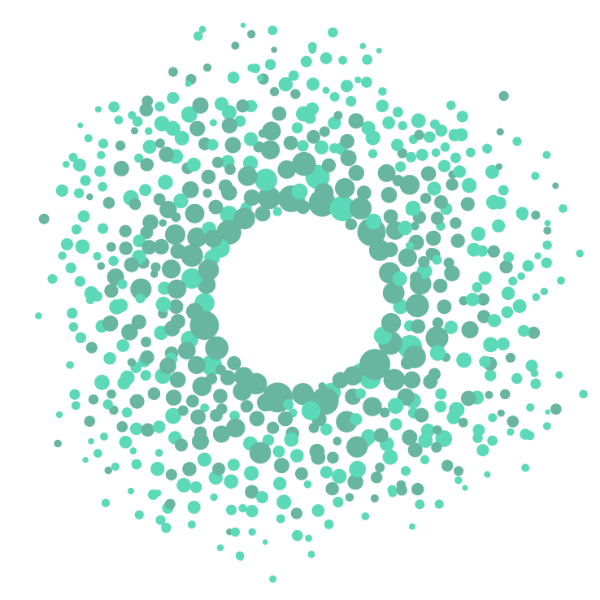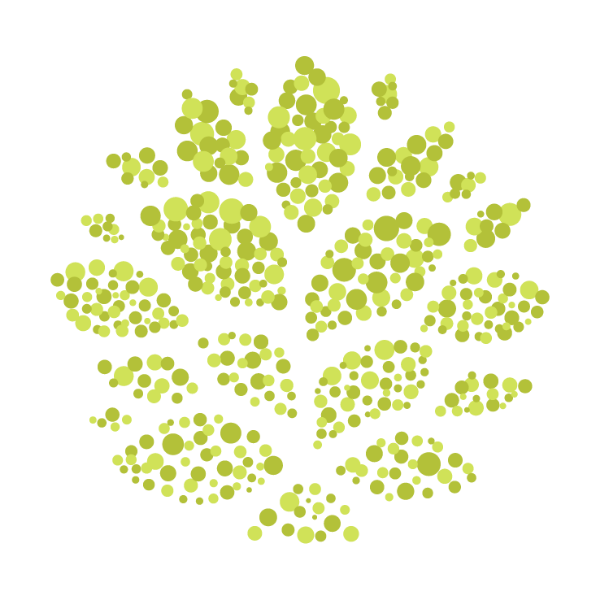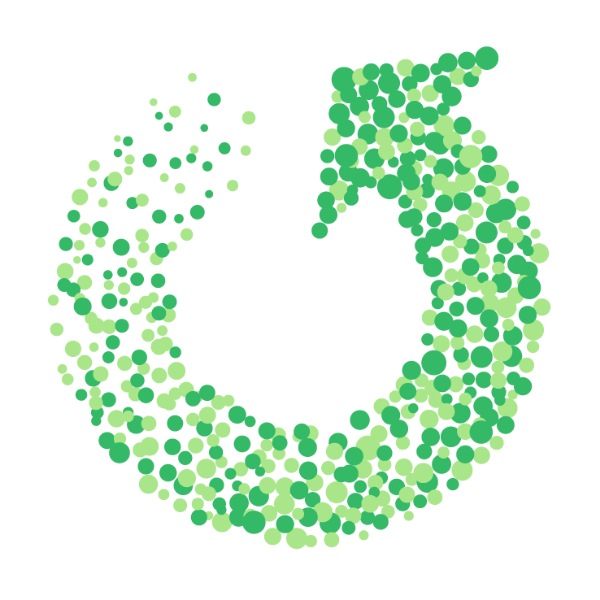
Planet Earth is home to more than a billion cattle and more than 1.2 billion sheep, which provide humans with milk, meat and clothing. But there’s a catch: Cows and sheep are responsible for an astonishing 30% of global methane emissions, a gas many times more potent than carbon dioxide in trapping atmospheric heat.
The warming effect of methane is profound. A single metric tonne has the same heat-trapping capacity of 28 metric tonnes of carbon dioxide. Each cow on the planet emits an average of 100kg of the gas each year, meaning that livestock farming accounts for 14% of all human-induced greenhouse gas emissions.
Thankfully, Sea Forest has a solution to make livestock farming nearly methane- free.
Sea Forest, an Australian company founded by Sam Elsom, has developed a new feed supplement for cattle and sheep made with native red seaweed, Asparagopsis. This SeaFeed™ supplement, when included as a tiny fraction of an animal’s regular diet, dramatically reduces livestock methane emissions. Just 0.5% of SeaFeed™ can cut methane production by up to 90%.
Notably, while Asparagopsis is native to waters around Tasmania, it’s versatile enough to be grown on land or at sea in other parts of the world. Cultivating the seaweed not only holds promise for methane reduction, but also captures carbon, helping to combat ocean acidification.
Sea Forest’s SeaFeed™ solution has an almost instant effect. As soon as livestock consume it, they immediately produce significantly less methane.
So far, Sea Forest has produced more than one million doses of SeaFeedTM and has the capacity to reach 15% of Australia’s cattle. Under the leadership of environmentalist CEO Sam Elsom, they aim to expand their reach enormously.
Applying such a solution to 15% of the world’s cattle population could reduce three gigatonnes of emissions globally.

By 2030, we choose to ensure that, for the first time in human history, the natural world is growing – not shrinking – on our planet.
This Earthshot focuses on three main areas of interest:

By 2030 we choose to ensure that everyone in the world breathes clean, healthy air – at World Health Organization standard or better.
This Earthshot focuses on three main areas of interest:

By 2030, we choose to repair and preserve our oceans for future generations.
This Earthshot focuses on three main areas of interest:

By 2030, we choose to build a world where nothing goes to waste, where the leftovers of one process become the raw materials of the next – just like they do in nature.
This Earthshot focuses on three main areas of interest:

We choose to fix the world’s climate by cutting out carbon: building a carbon neutral economy that lets every culture, community and country thrive.
This Earthshot focuses on three main areas of interest: